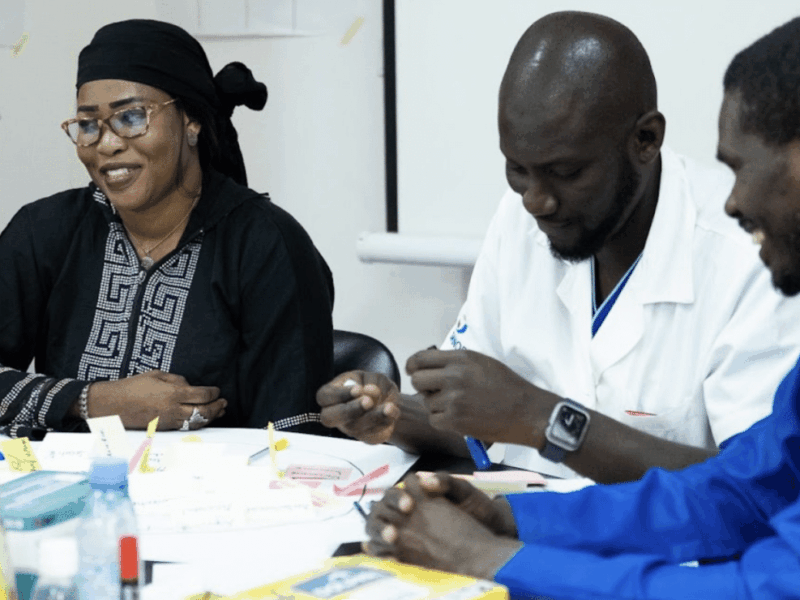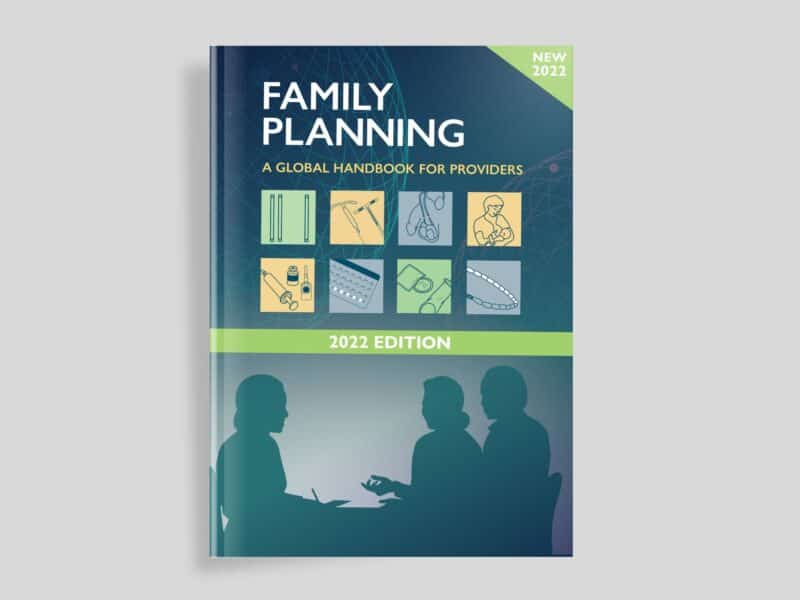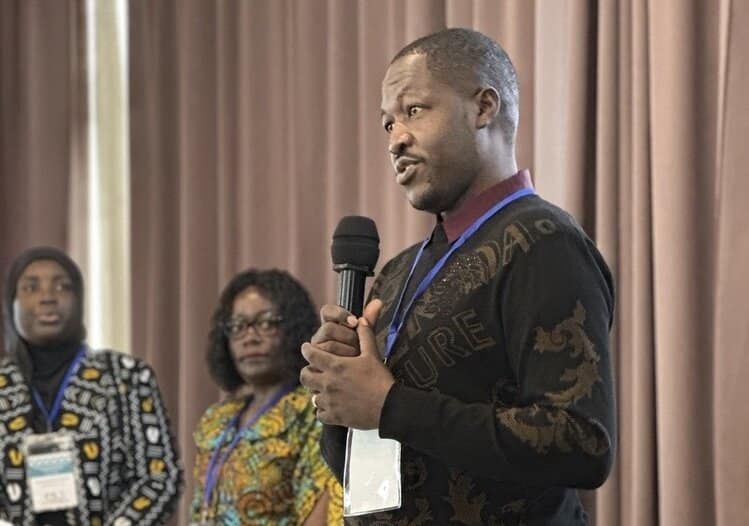Personal stories are powerful. They can open new worlds and ideas, move people on issues they’d never considered and, ultimately, change behaviors.
The newest tool from the Johns Hopkins Center for Communication Programs (CCP), produced by the Health Communication Capacity Collaborative (HC3) project, harnesses this power of storytelling to improve reproductive health among young people around the world. The FP INFOcus Guide walks young people through every step of making short videos on their mobile phones, giving them the skills they need to share their personal stories and experiences with family planning and sexual health. And it’s all produced and edited in a way that is quick and easy, low budget and based on technology that many already have in their pockets.
This video-making process featured in the guide was designed to address the unique barriers many young people face when trying to access quality family planning information, which often include starting with a lack of personal knowledge, belief in false rumors about side effects and safety, and limited access to providers who offer family planning services. This lack of information and access is especially true for IUDs and implants, also known as long-acting reversible contraceptives.
“Getting accurate health information is one of the first steps to making contraceptive decisions that can protect against unintended pregnancy and related risks,” says Cori Fordham, CCP Program Officer who led the effort to design the new guide. “By promoting and sharing their FP INFOcus videos, the new filmmakers give viewers the opportunity – in private – to learn about family planning options from authentic voices telling their own stories, empowering others to make more informed contraceptive decisions.”
HC3 has been working with a youth-focused organization in Nigeria, the HACEY Health Initiative, to test the guide’s approach and get feedback from real young people. At a workshop piloting the guide earlier this year, CCP and HACEY worked with a group of young Nigerians to create two videos sharing information about long-acting reversible contraceptions, such as IUDS. Their videos – and responses – were incredible.
During the workshop, the group spoke with a 24-year-old fashion design student and implant user living in Lagos State. The HACEY team was so inspired by her story that they decided to feature her in one of their videos, produced using the FP INFOcus guide. “Two-three minutes. That’s all” it took for her to get the implant, she tells the camera excitedly. She got her first implant right after her son was born and decided after it expired three years later to get another.
“I imagine my future in a way that I will be able to have the number of children I want and be able to take care of them and give them the best,” she says.
At the HACEY workshop, others were excited about the innovative nature of the approach to health promotion – and couldn’t wait to get started on their own videos.
“I was part of the casting process, I was acting, I was recording … it was a real experience,” one participant says. He was excited to bring his newfound skills home to his community and friends. “I now know that, on my own, I can pick a great story, make a video out of it, and speak to people about my video,” he says.
Participants not only learned more about family planning and reproductive health while preparing for the videos, but also learned the process of digital storytelling and the power of sharing experiences, especially among their peers.
“I didn’t know how important it is to actually use videos for advocacy, especially on mobile devices,” reported one of the FP INFOcus testers. “Almost everyone has a mobile device, so knowing that I can reach them right on their phones is so amazing.”
The FP INFOcus Guide is now available for download on the HC3 website. If you’re interested in using the guide or have any questions, please join in the Guide’s discussion page on HC3’s Springboard for Health Communication Professionals.





